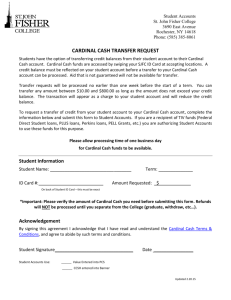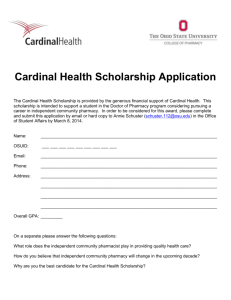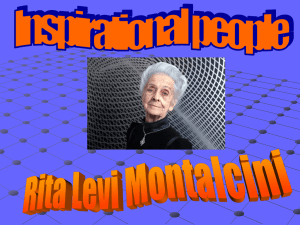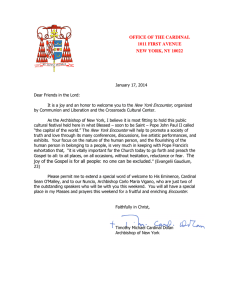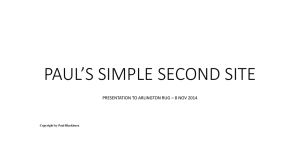phd student, art history, italy
advertisement
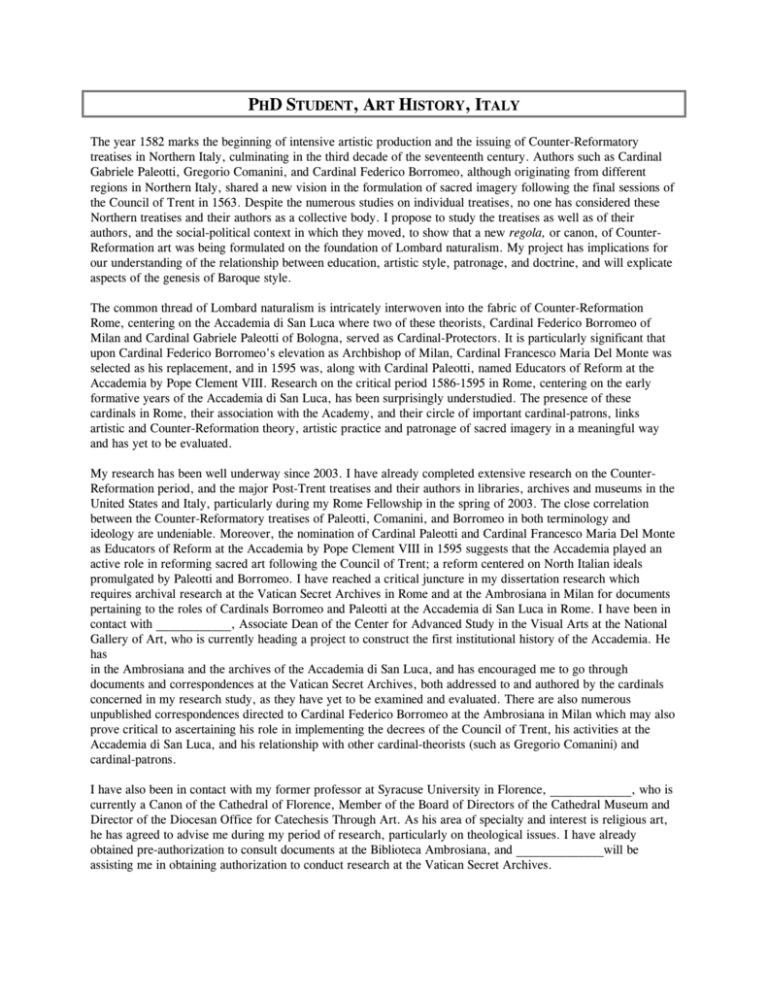
PHD STUDENT, ART HISTORY, ITALY The year 1582 marks the beginning of intensive artistic production and the issuing of Counter-Reformatory treatises in Northern Italy, culminating in the third decade of the seventeenth century. Authors such as Cardinal Gabriele Paleotti, Gregorio Comanini, and Cardinal Federico Borromeo, although originating from different regions in Northern Italy, shared a new vision in the formulation of sacred imagery following the final sessions of the Council of Trent in 1563. Despite the numerous studies on individual treatises, no one has considered these Northern treatises and their authors as a collective body. I propose to study the treatises as well as of their authors, and the social-political context in which they moved, to show that a new regola, or canon, of CounterReformation art was being formulated on the foundation of Lombard naturalism. My project has implications for our understanding of the relationship between education, artistic style, patronage, and doctrine, and will explicate aspects of the genesis of Baroque style. The common thread of Lombard naturalism is intricately interwoven into the fabric of Counter-Reformation Rome, centering on the Accademia di San Luca where two of these theorists, Cardinal Federico Borromeo of Milan and Cardinal Gabriele Paleotti of Bologna, served as Cardinal-Protectors. It is particularly significant that upon Cardinal Federico Borromeo's elevation as Archbishop of Milan, Cardinal Francesco Maria Del Monte was selected as his replacement, and in 1595 was, along with Cardinal Paleotti, named Educators of Reform at the Accademia by Pope Clement VIII. Research on the critical period 1586-1595 in Rome, centering on the early formative years of the Accademia di San Luca, has been surprisingly understudied. The presence of these cardinals in Rome, their association with the Academy, and their circle of important cardinal-patrons, links artistic and Counter-Reformation theory, artistic practice and patronage of sacred imagery in a meaningful way and has yet to be evaluated. My research has been well underway since 2003. I have already completed extensive research on the CounterReformation period, and the major Post-Trent treatises and their authors in libraries, archives and museums in the United States and Italy, particularly during my Rome Fellowship in the spring of 2003. The close correlation between the Counter-Reformatory treatises of Paleotti, Comanini, and Borromeo in both terminology and ideology are undeniable. Moreover, the nomination of Cardinal Paleotti and Cardinal Francesco Maria Del Monte as Educators of Reform at the Accademia by Pope Clement VIII in 1595 suggests that the Accademia played an active role in reforming sacred art following the Council of Trent; a reform centered on North Italian ideals promulgated by Paleotti and Borromeo. I have reached a critical juncture in my dissertation research which requires archival research at the Vatican Secret Archives in Rome and at the Ambrosiana in Milan for documents pertaining to the roles of Cardinals Borromeo and Paleotti at the Accademia di San Luca in Rome. I have been in contact with ____________, Associate Dean of the Center for Advanced Study in the Visual Arts at the National Gallery of Art, who is currently heading a project to construct the first institutional history of the Accademia. He has in the Ambrosiana and the archives of the Accademia di San Luca, and has encouraged me to go through documents and correspondences at the Vatican Secret Archives, both addressed to and authored by the cardinals concerned in my research study, as they have yet to be examined and evaluated. There are also numerous unpublished correspondences directed to Cardinal Federico Borromeo at the Ambrosiana in Milan which may also prove critical to ascertaining his role in implementing the decrees of the Council of Trent, his activities at the Accademia di San Luca, and his relationship with other cardinal-theorists (such as Gregorio Comanini) and cardinal-patrons. I have also been in contact with my former professor at Syracuse University in Florence, _____________, who is currently a Canon of the Cathedral of Florence, Member of the Board of Directors of the Cathedral Museum and Director of the Diocesan Office for Catechesis Through Art. As his area of specialty and interest is religious art, he has agreed to advise me during my period of research, particularly on theological issues. I have already obtained pre-authorization to consult documents at the Biblioteca Ambrosiana, and ______________will be assisting me in obtaining authorization to conduct research at the Vatican Secret Archives. I first demonstrated my command of not only modem Italian but also the Italian of official Renaissance documents while working on my MA degree in 1996. At that time, I spent a year undertaking archival research in Florence. Since that time, I have spent an additional semester in Rome, in 2003, deepening my knowledge. I completed my comprehensive examinations in 2004, and my Dissertation Proposal has been accepted by both the Department of Art History and Graduate School at Temple University. The projected time required to complete this research is one academic year, beginning in October and concluding at the end of June. I intend to spend the autumn and winter in Rome going through archival documents and correspondences at the Vatican Secret Archives, and examining major altarpieces painted during this critical period at the cusp of the seventeenth century. I will spend the spring in Milan at the Ambrosiana in order to examine the unpublished correspondences addressed to Cardinal Borromeo, and to closely study the Cardinal's collection in the Ambrosiana Museum. This project, when completed, will fill a critical lacuna in late sixteenth century art historical scholarship and will clarify and explain the rather abrupt transition from Renaissance to Baroque style.
